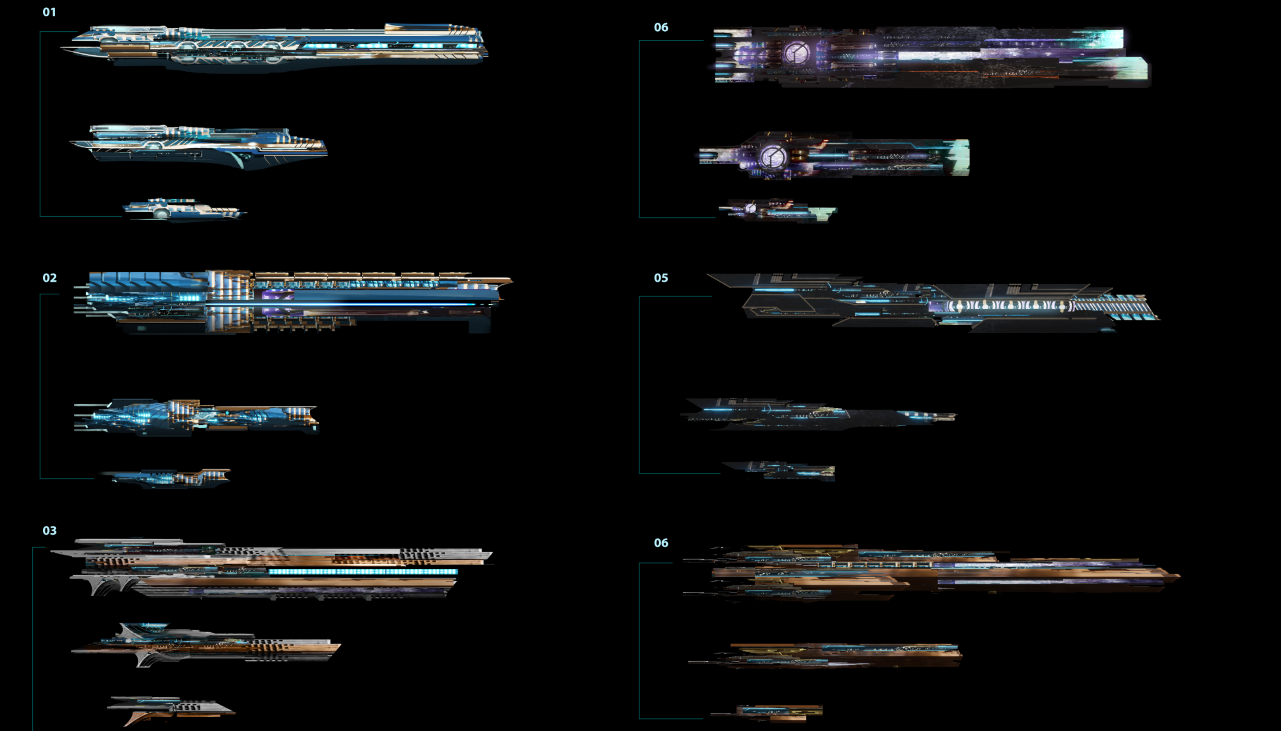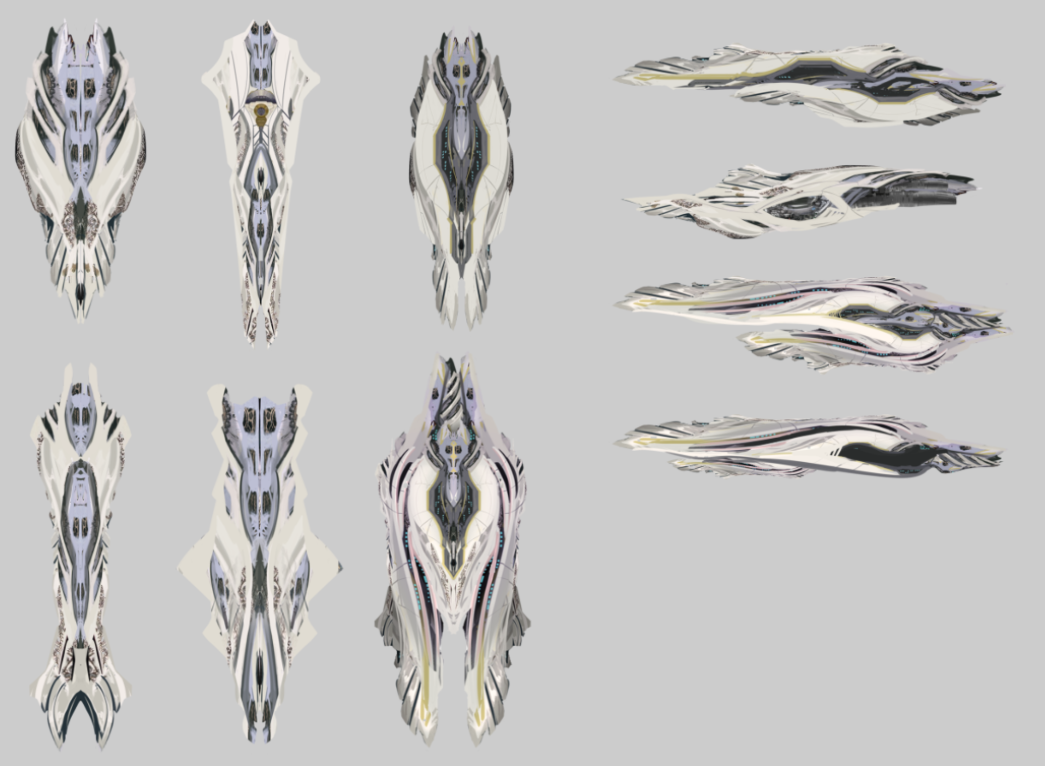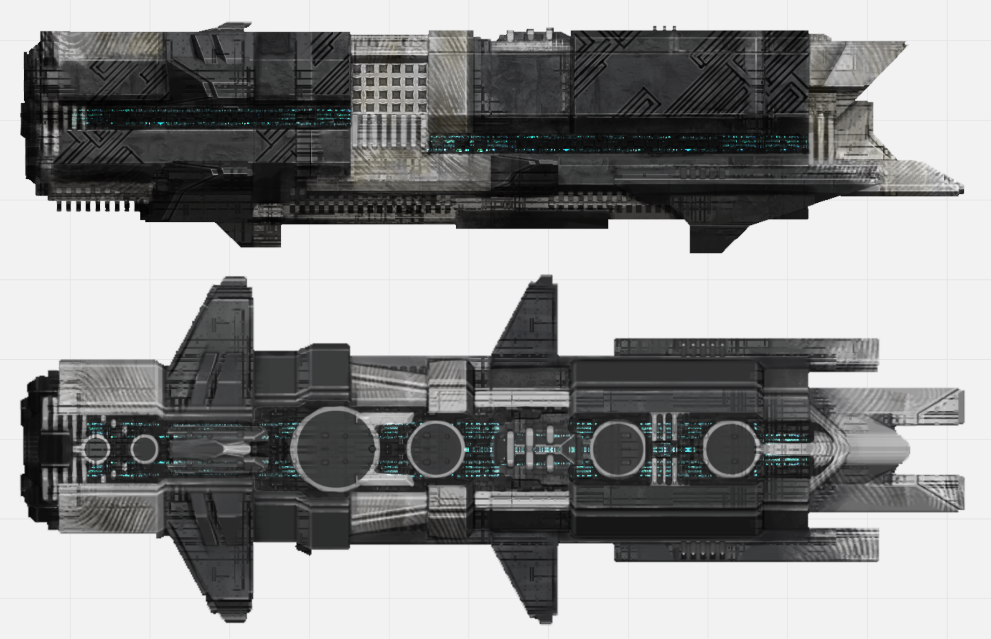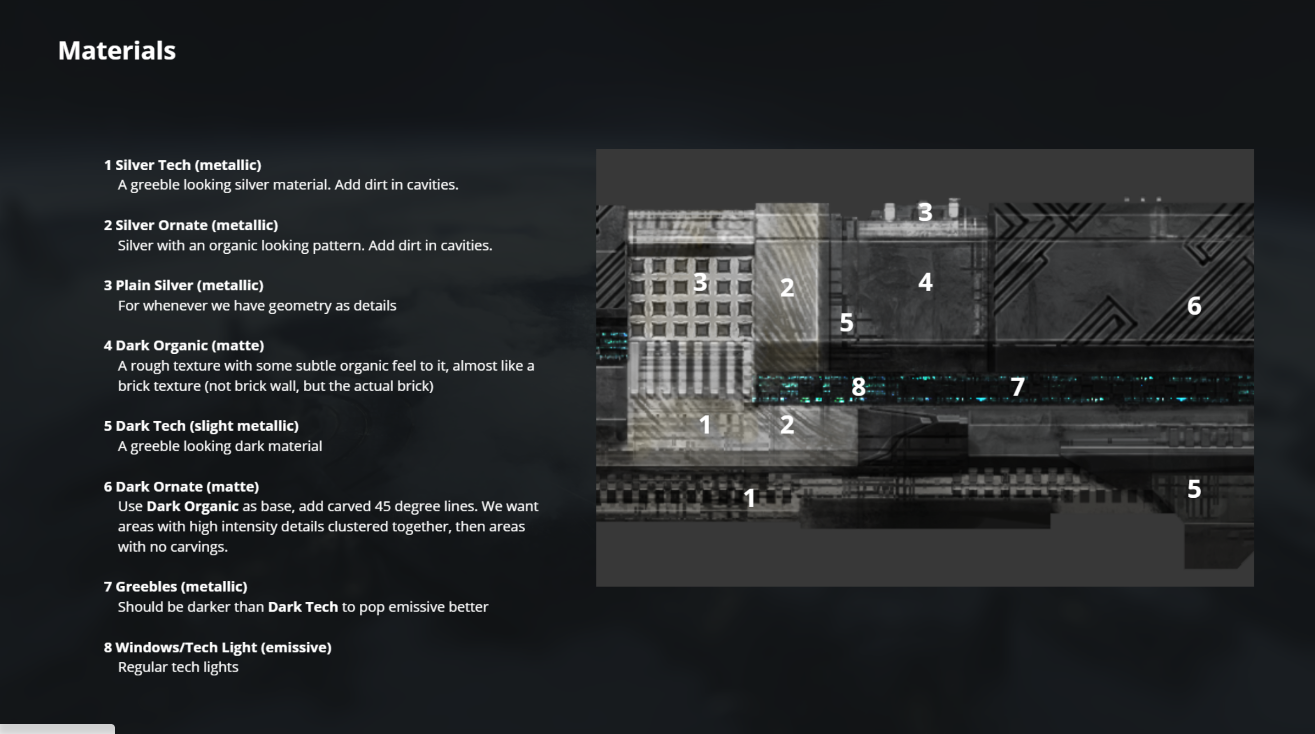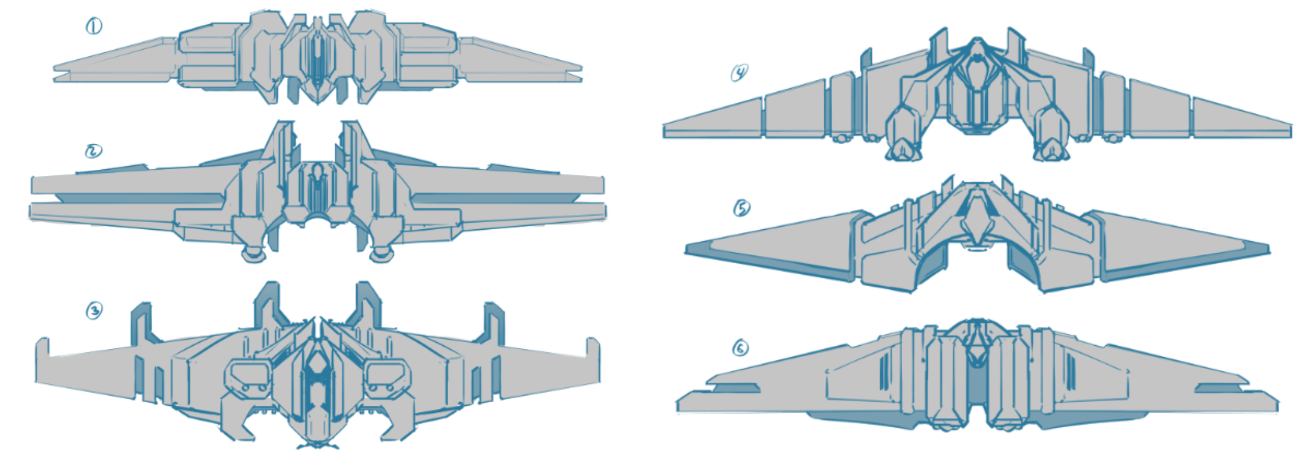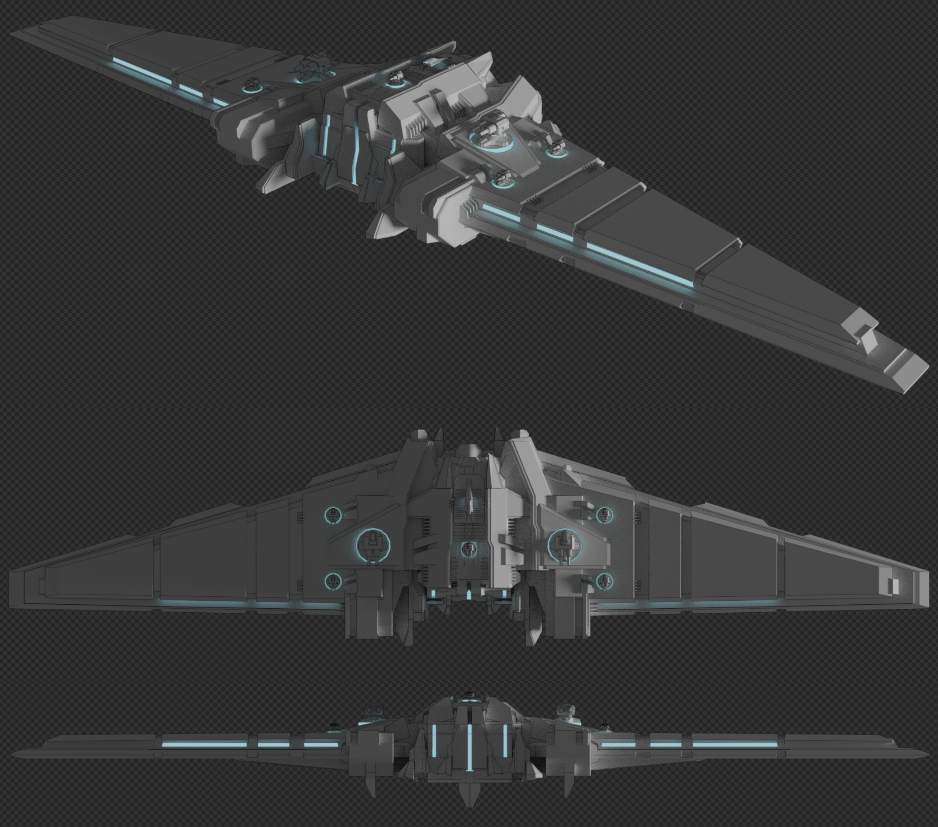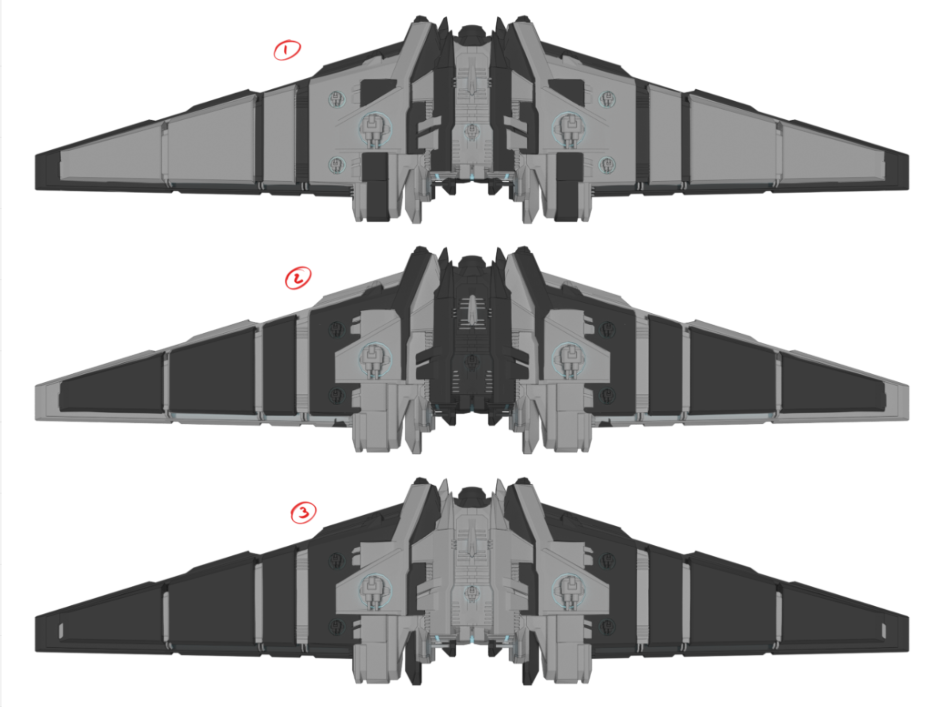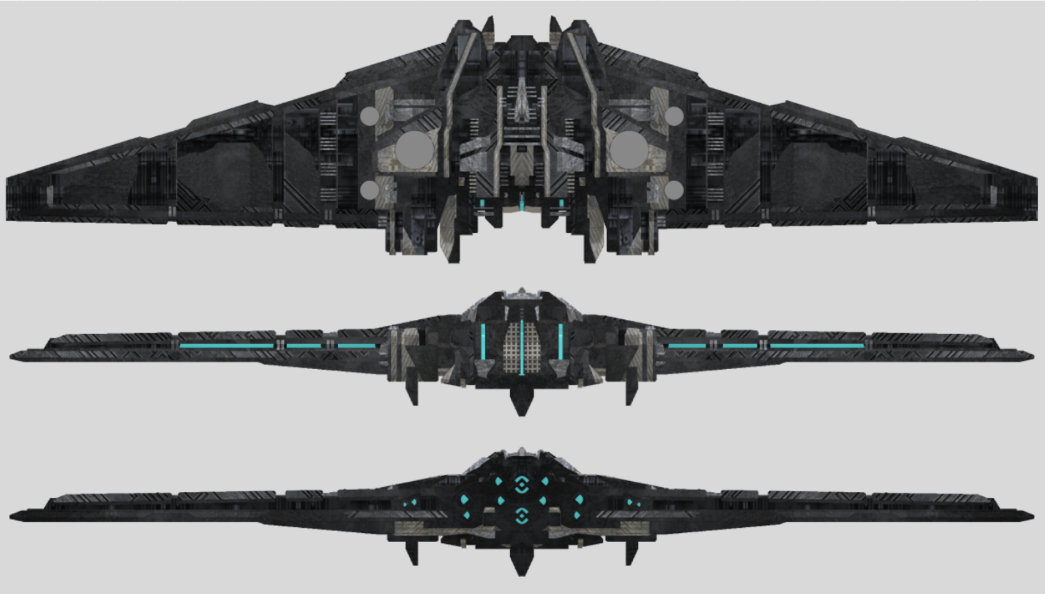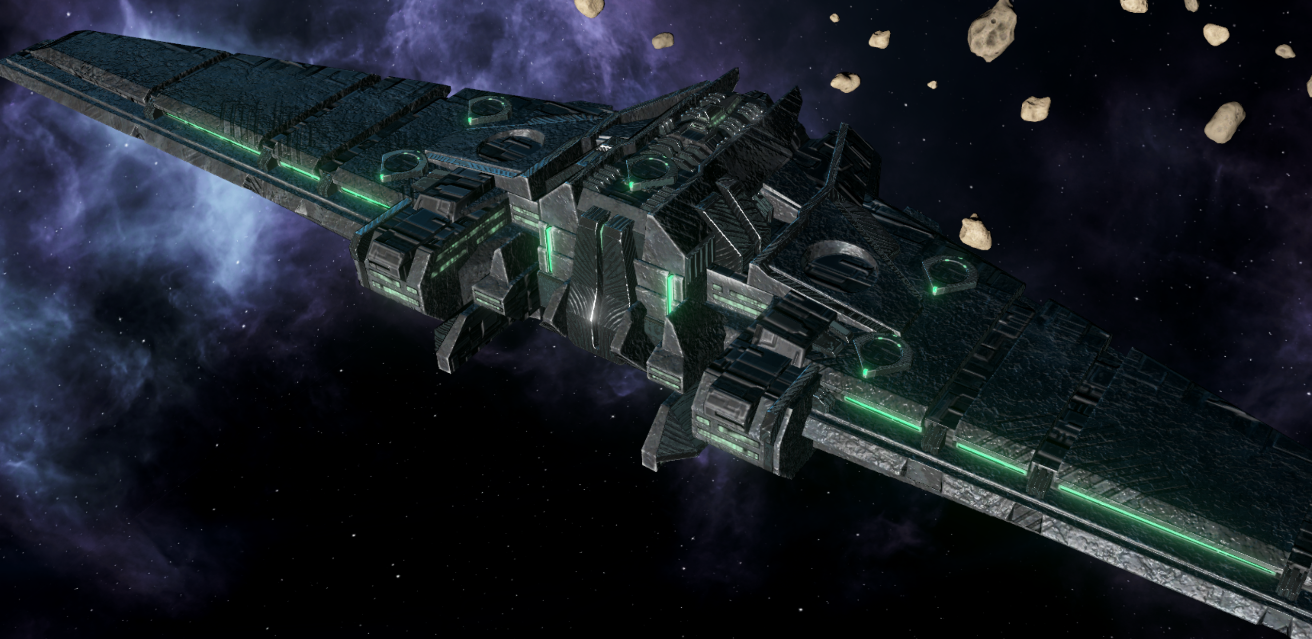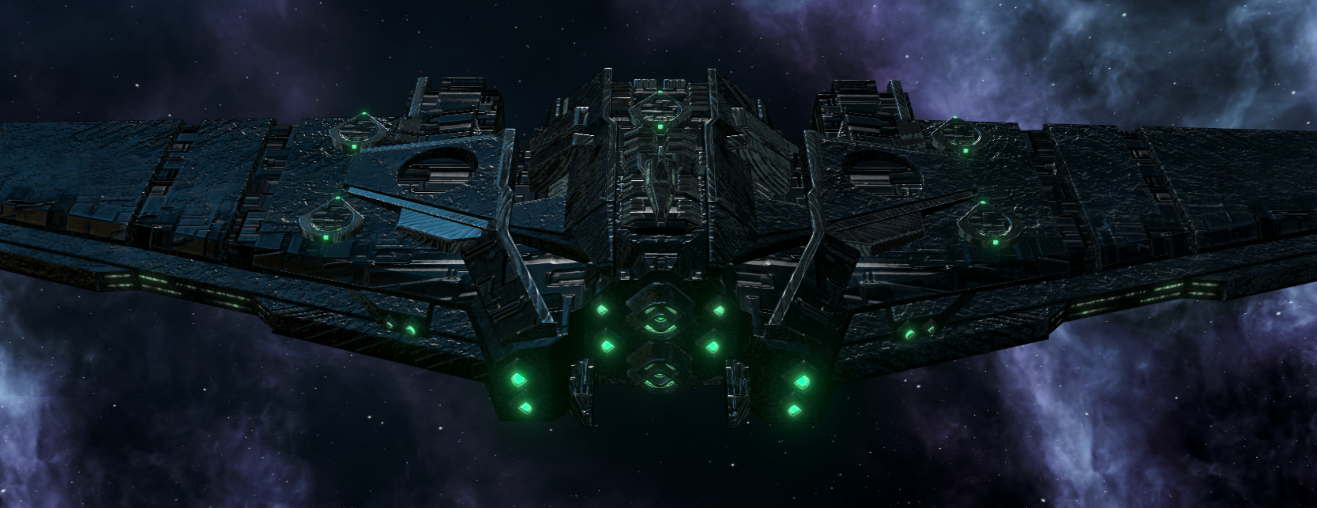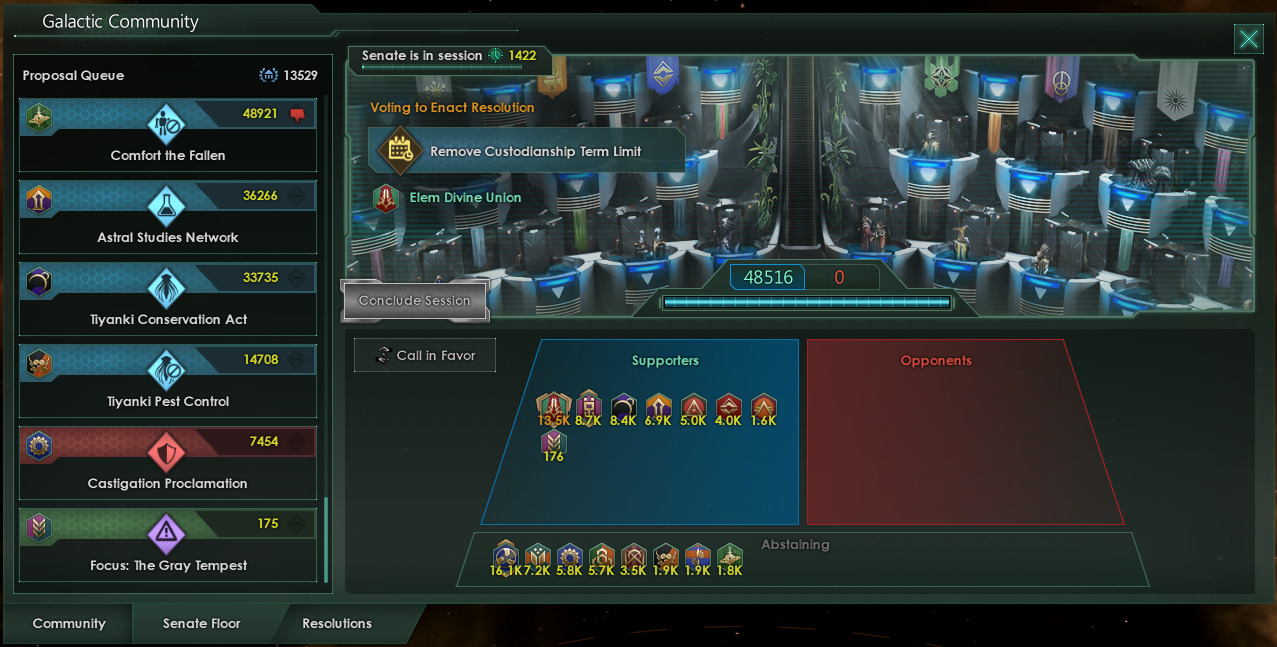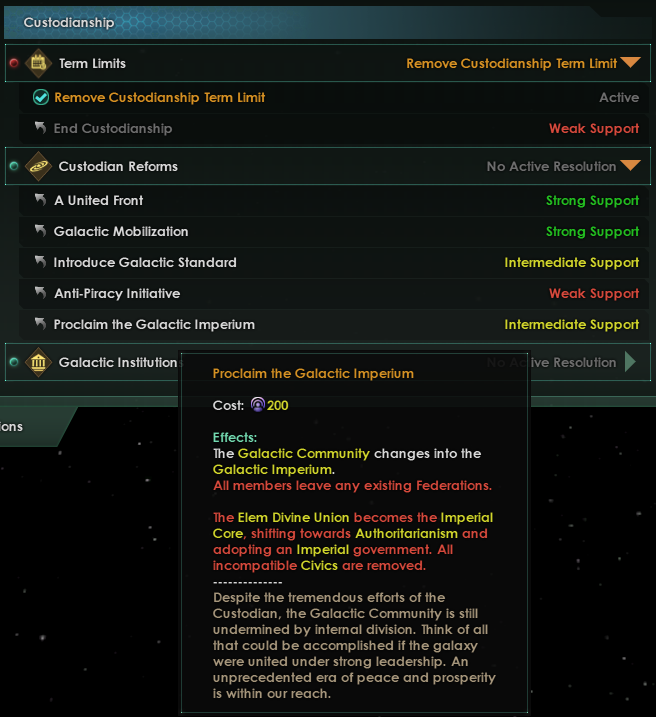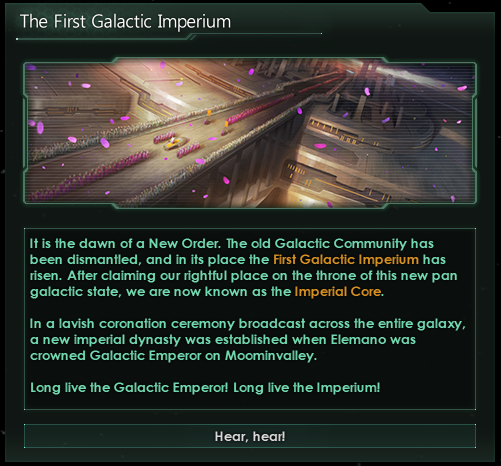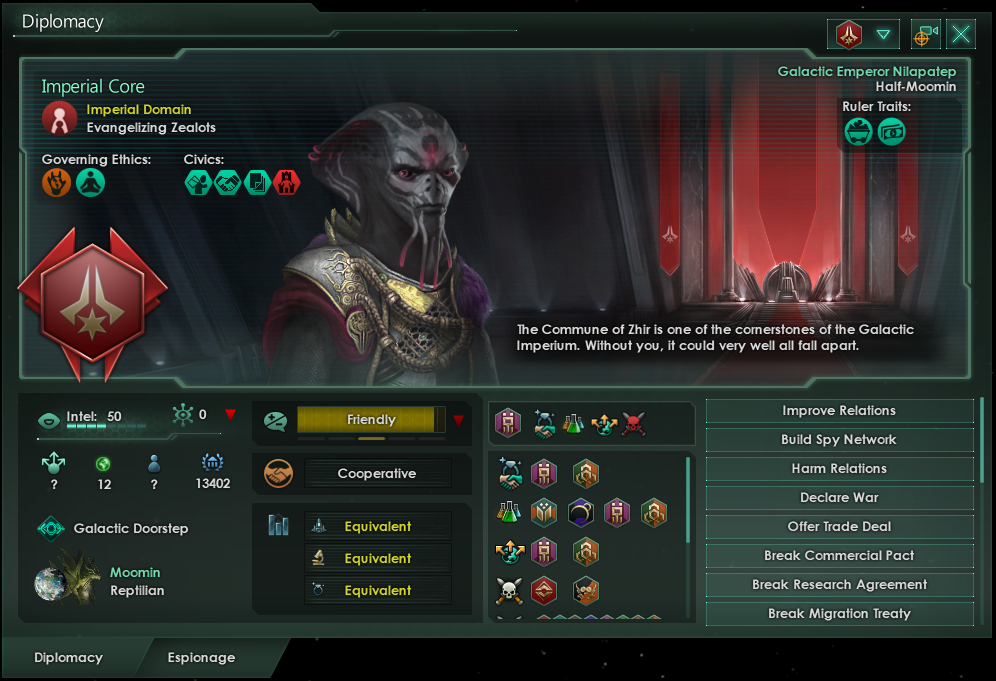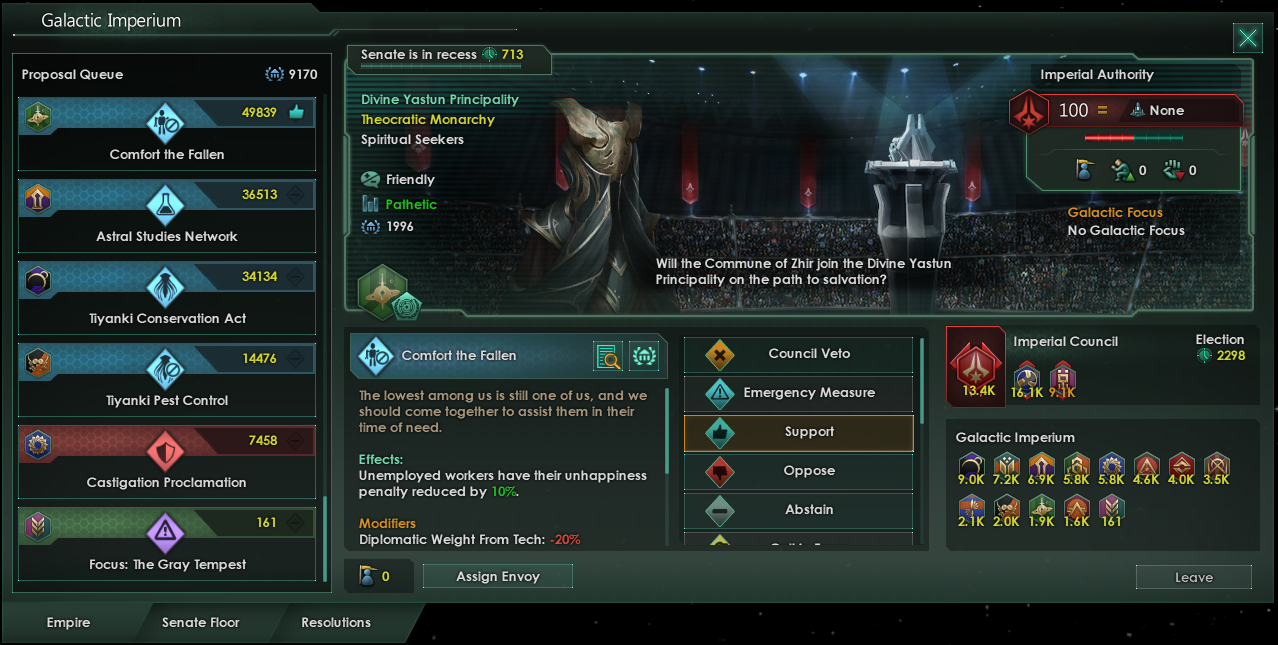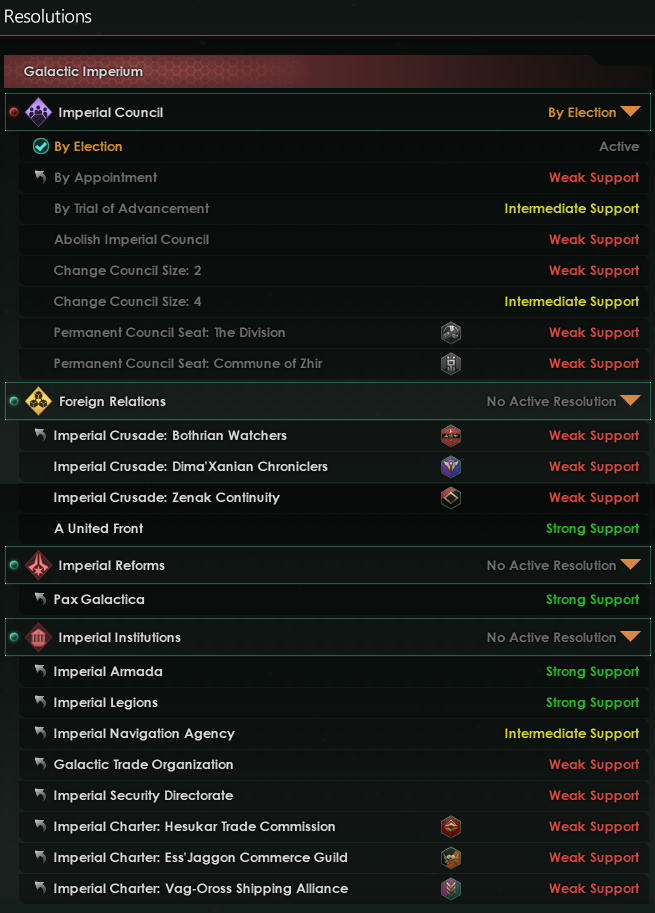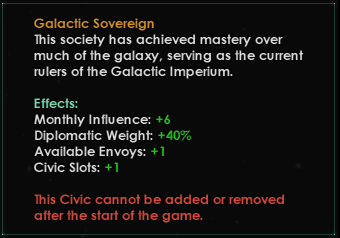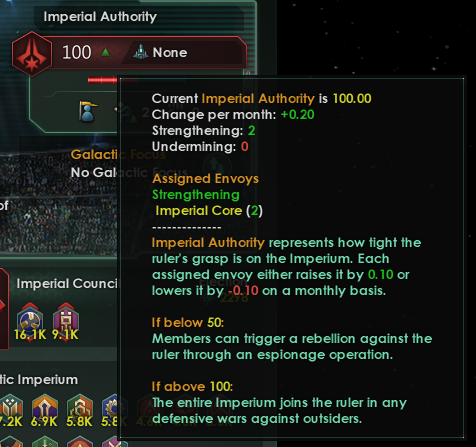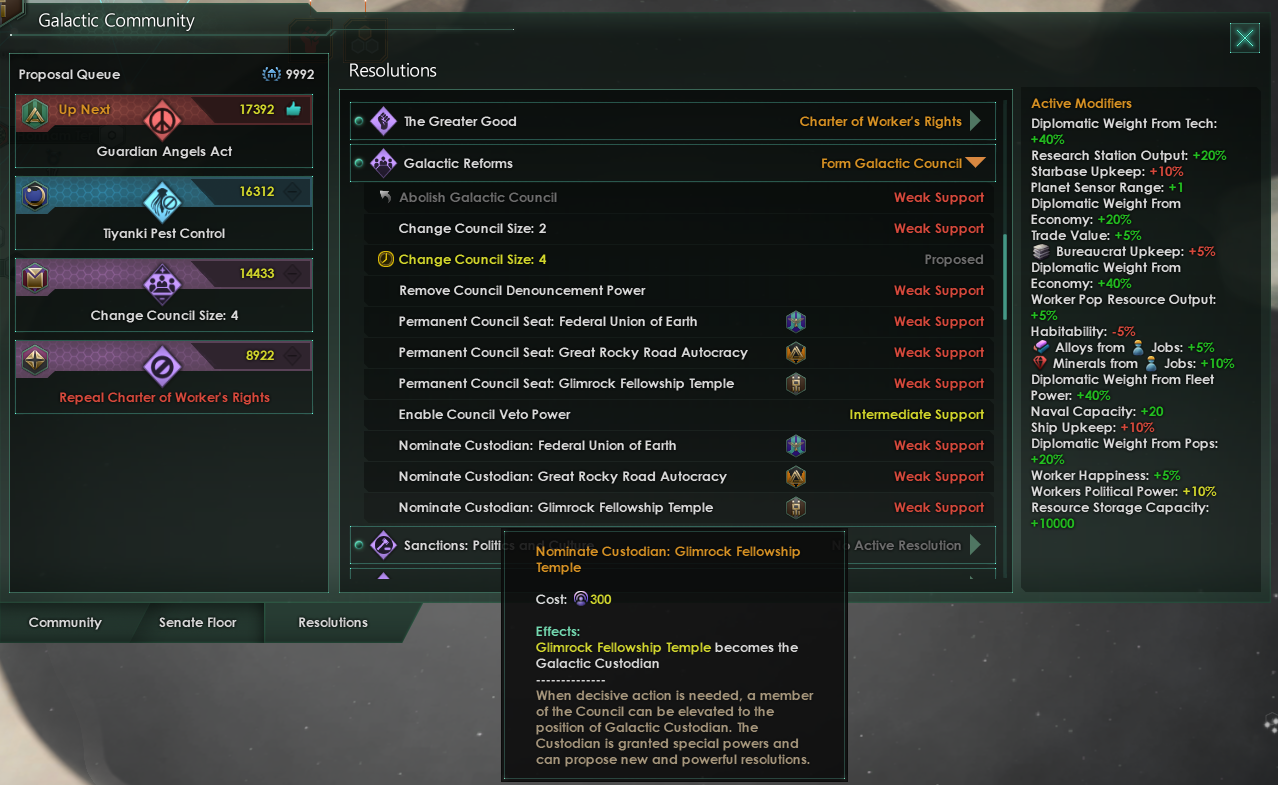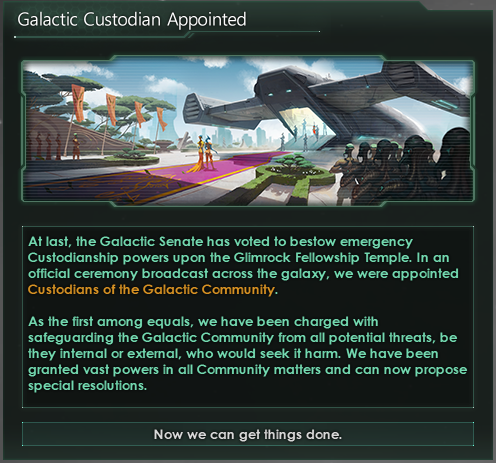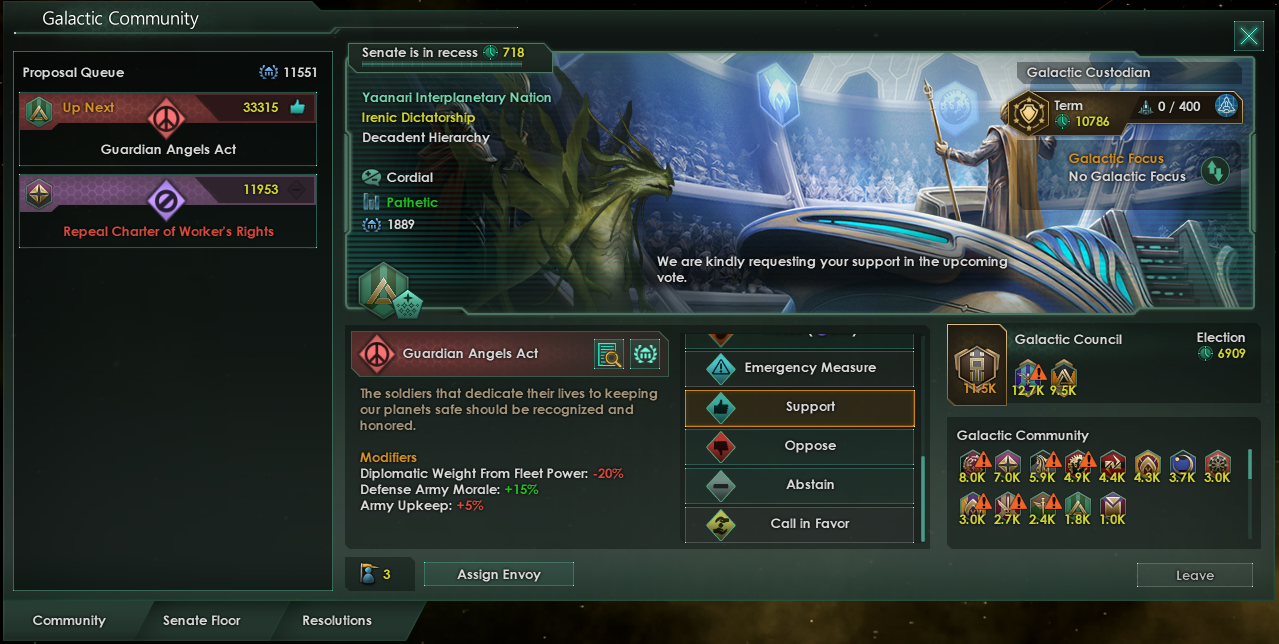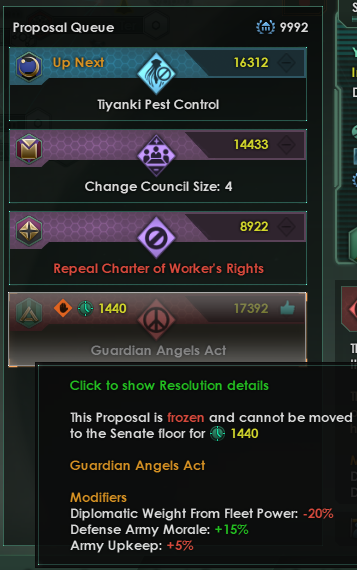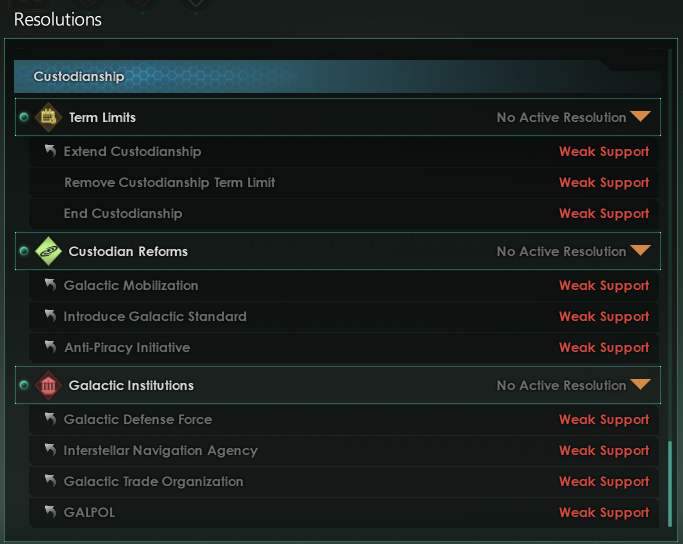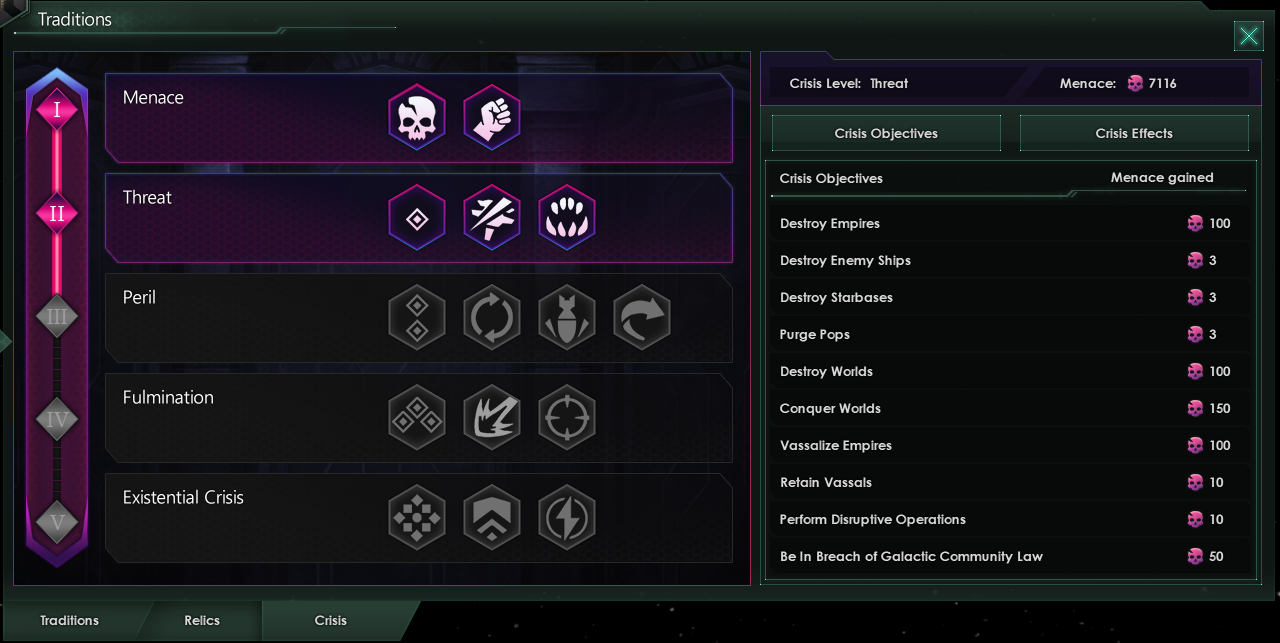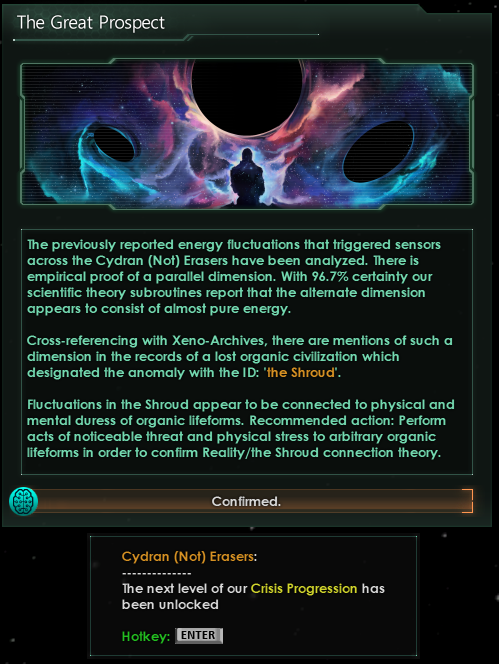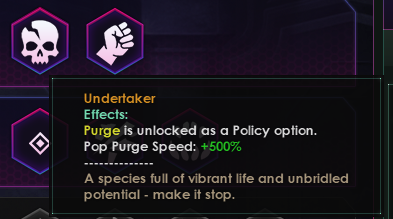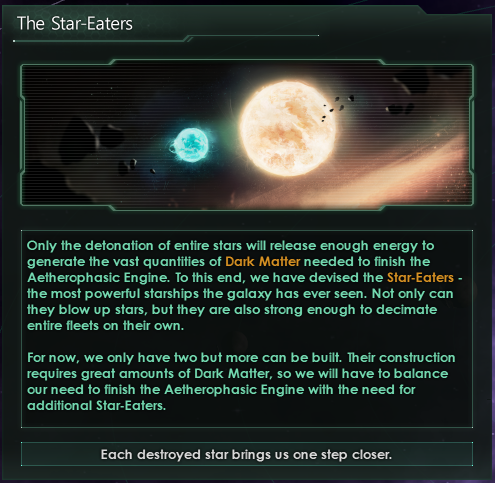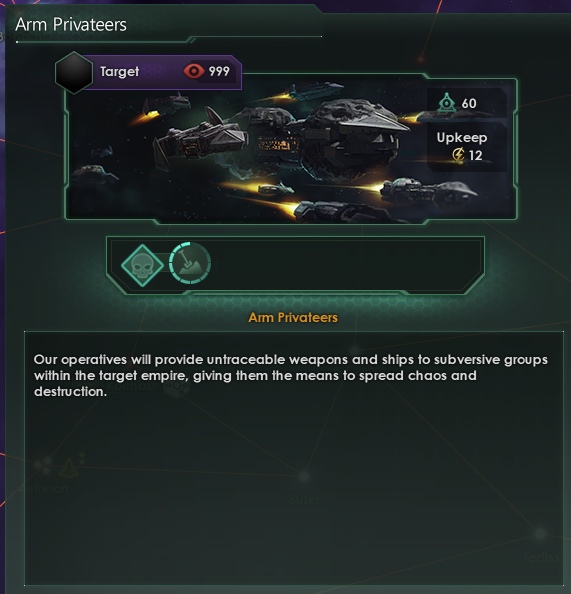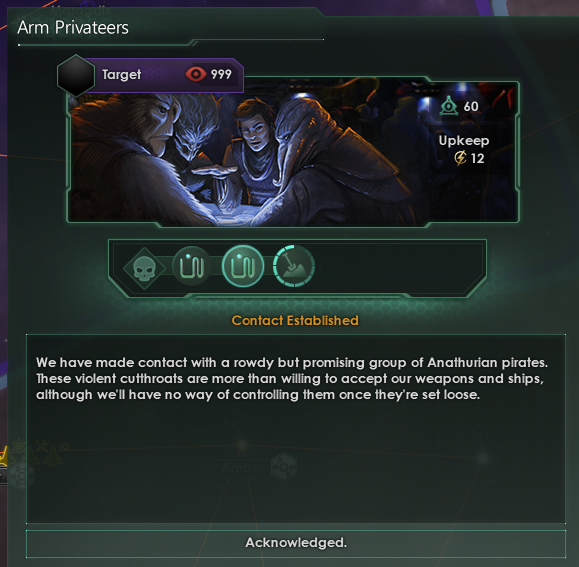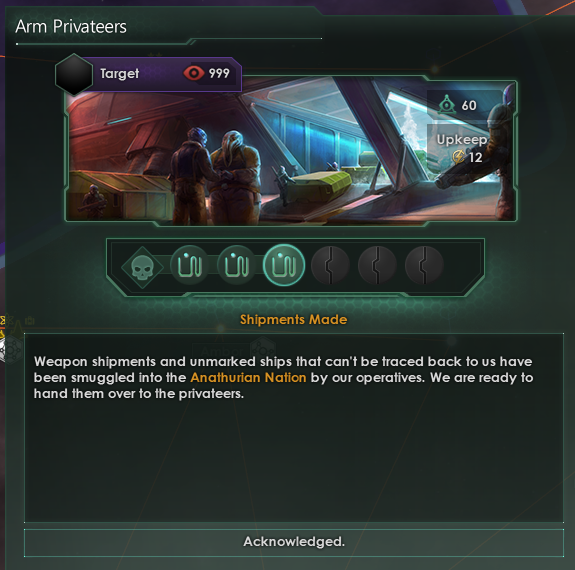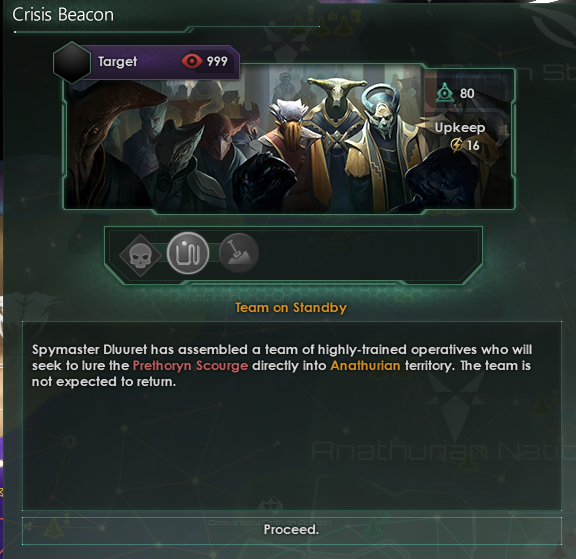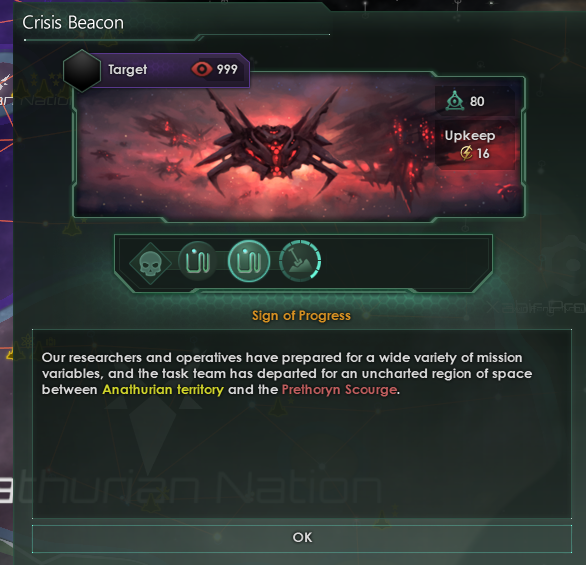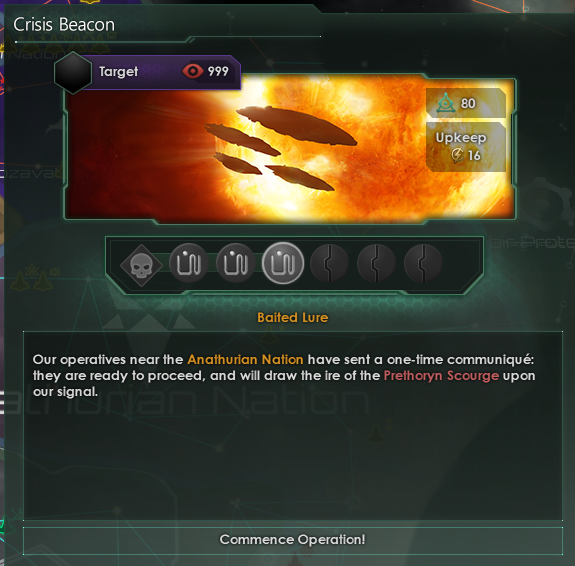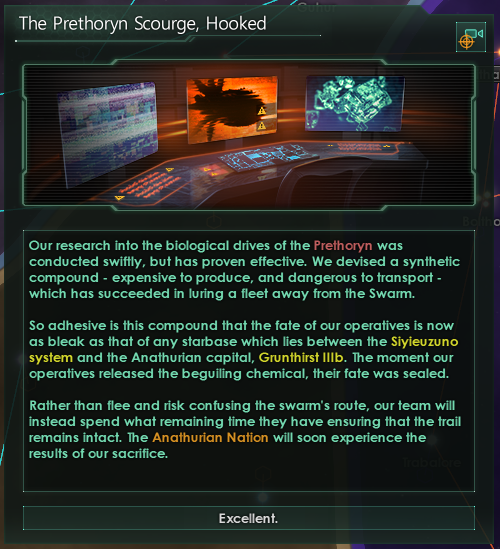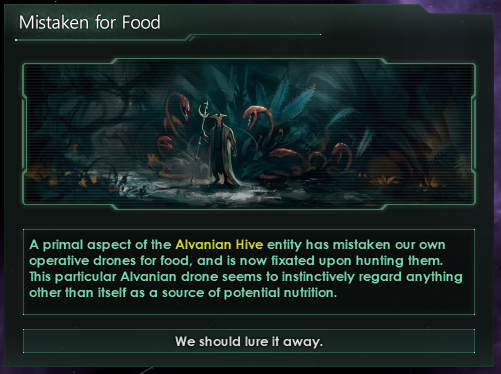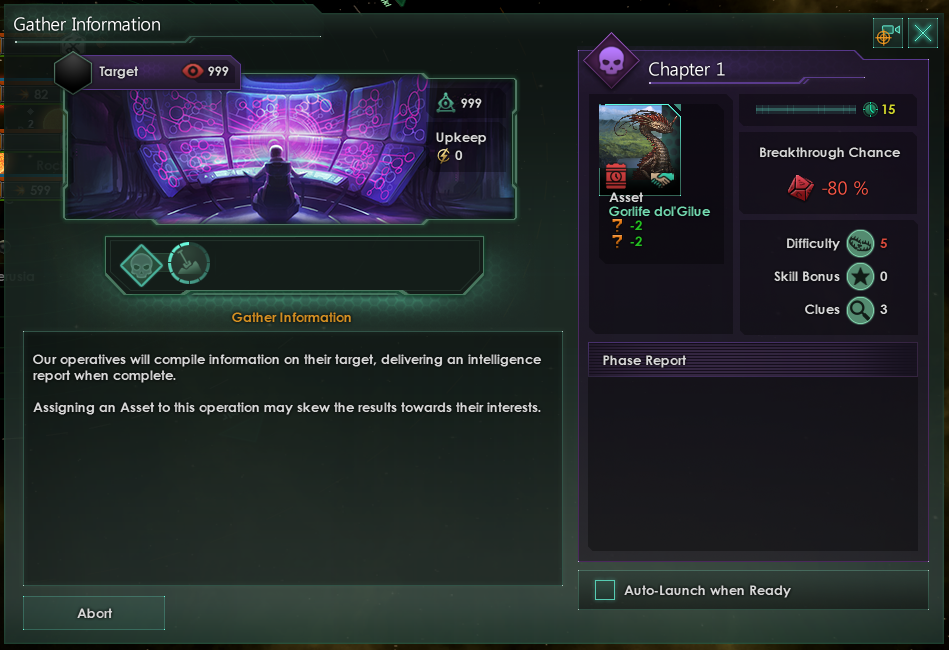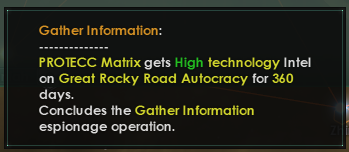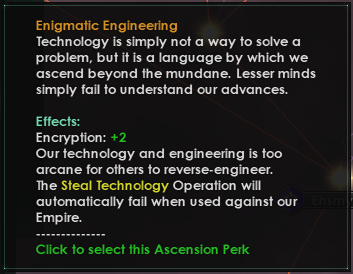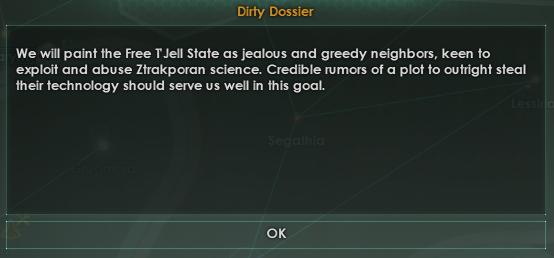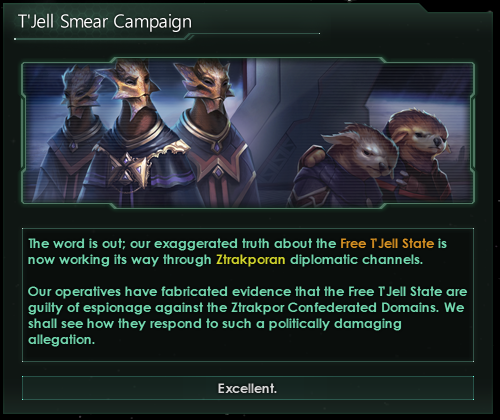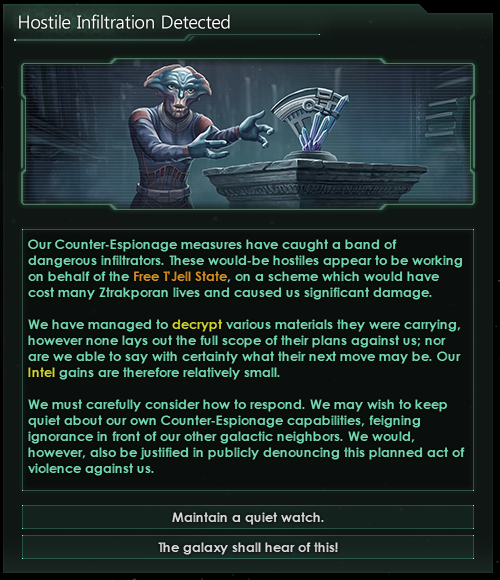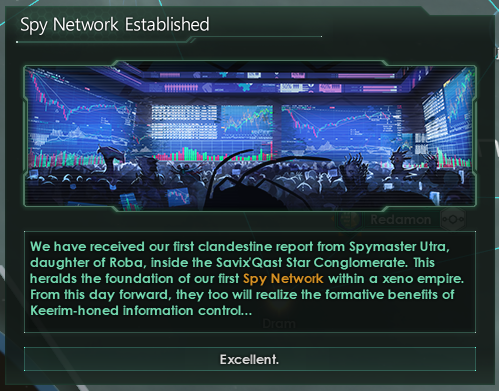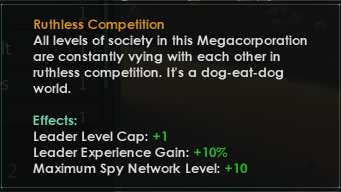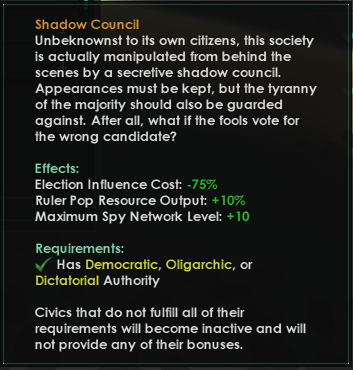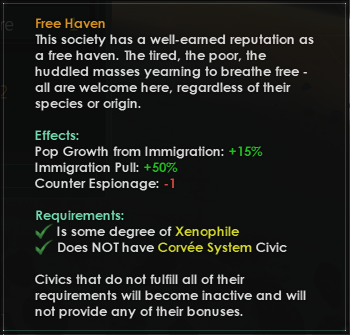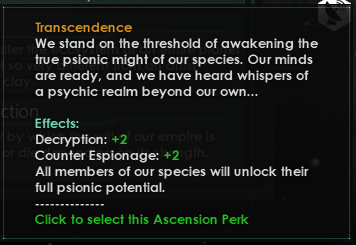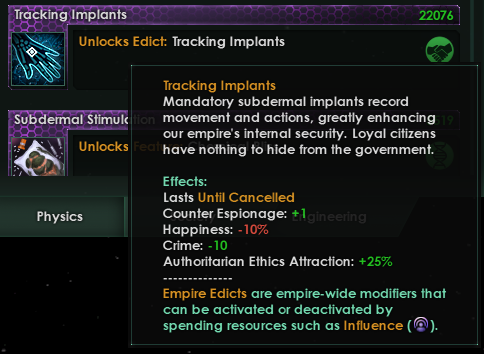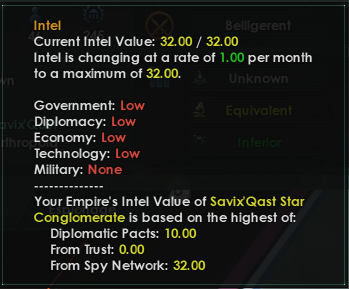
Mar 4, 2021
Stellaris - ann-charlotte.mork
"Hey folks!
My name is Erik Forsström and I’m the VFX Artist for Stellaris and I’ve been here since the release of Lithoids. VFX stands for visual effects, which means that I’m the guy who’s responsible for anything from small ship engine effects, to big system effects such as the nebulas that we added to the game last year. If it’s animated and it’s not a 3D model, then there’s a fairly high chance that a vfx artist is responsible for it.
What does a VFX Artist do?
My workflow is a bit different compared to the other artists, because compared to 3D Artists I’m not working as much with 3D models.The main tool for me to use is particles, which pretty much is just flat planes that I work with to make cool explosions! I won't go into the technical details about particles, but just to give you a quick idea about the difference between us VFX Artists and others. While 3D Artists are sculpting and creating cool 3D models, I’m pretty much simulating planes and telling them which direction to travel and changing the size and color over time. That’s not to say I never do 3D modelling, but as I mentioned before it’s not my main tool as you’ll notice in what we’ll be showcasing below.
The cool and interesting stuff!
So with that explained, time to get to the effects that we’ll be adding in Nemesis!
If we’re starting off with the ships in Stellaris, something that I’ve aimed to do is to give the different shipsets a bit more unique feeling when it comes to the effects. Some of you might have noticed that both Lithoids & Necroids have some unique ship effects, anything from ship engines to explosions. I’ve tried to make them all look at least slightly different to each other to varying degrees and to make them fit the style of the ships.
I usually try to give them some different shapes, color schemes or anything cool that I can come up with that makes it look unique and fit the style.
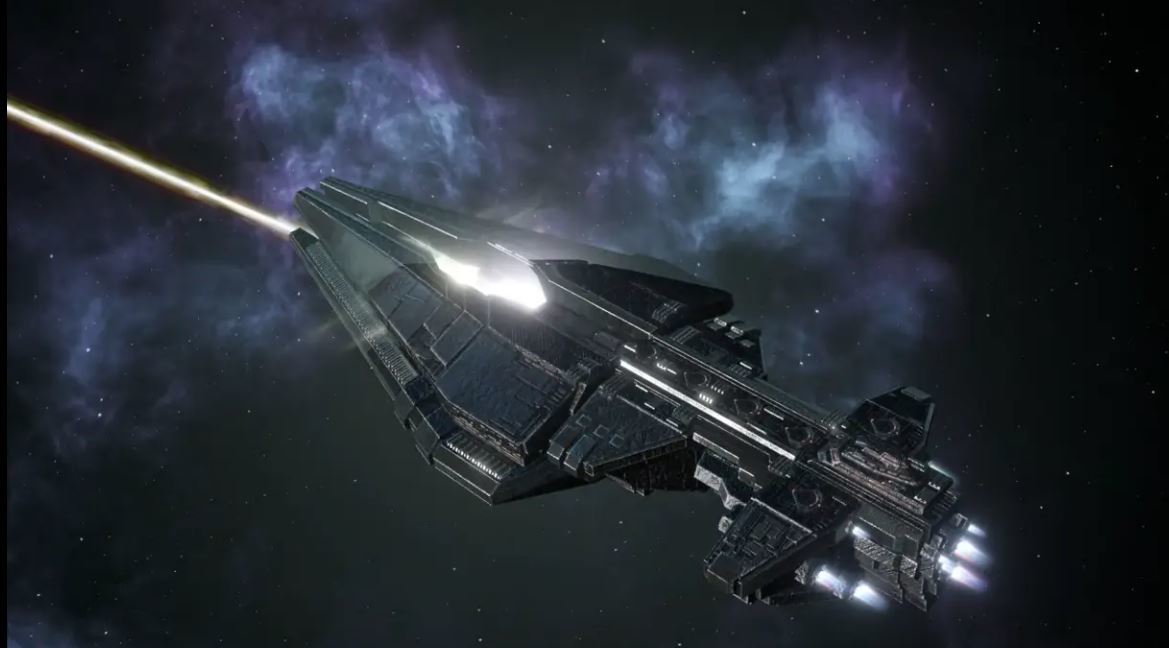
Click here: to see the Nemesis Titan with new effects for the perdition beam and the engines
The big effects, in other words the system effects!
Another thing that you might have noticed is that we’ve added quite a few different system effects over the last year, such as the nebulas, space storms and the endgame crisis system effects when they’re expanding their territories. It was one of those things that I always felt that was missing while playing Stellaris, the systems felt a bit empty. With Nemesis we’ve added a few new system effects, such as for the Aetherophasic Engine Frame that we mentioned in an earlier dev diary.
When you’re upgrading it you’ll get a system effect that changes through the different stages, getting bigger and more powerful the higher the stage you’ll get. To really show it off I'm cheating a bit in the video below (by using max resources and finishing the construction instantly), and I’ll let you see how it changes and develops through the different stages.
From a fairly small effect, to a huge effect covering the system with more detail, shapes and movement in it to really give you the feeling that something powerful is going to happen in this system.
How is it made?
System effects are one of those effects that most of the time are made with a mix of particles and 3D models, the sheer size of them requires more complex shapes then what you can get with only particles. So the effect below is created with the help of these meshes that you can see in the image below, and then I’ll apply some animated shaders on them that creates the movement of the textures that you can see in the video. Add on top of that some particles and you get a complete effect!
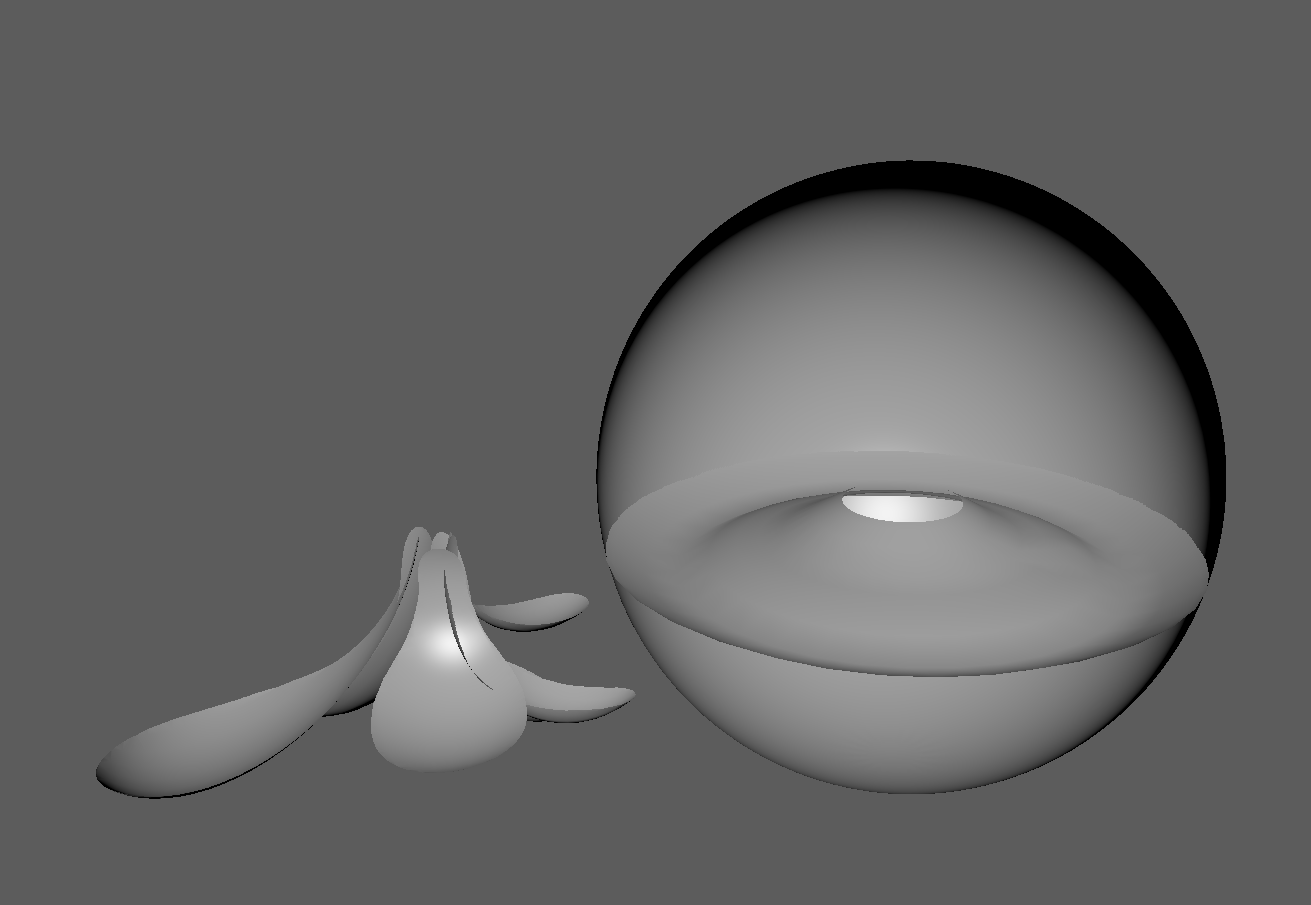
The meshes used for the visual effects for the Aetherophasic Engine
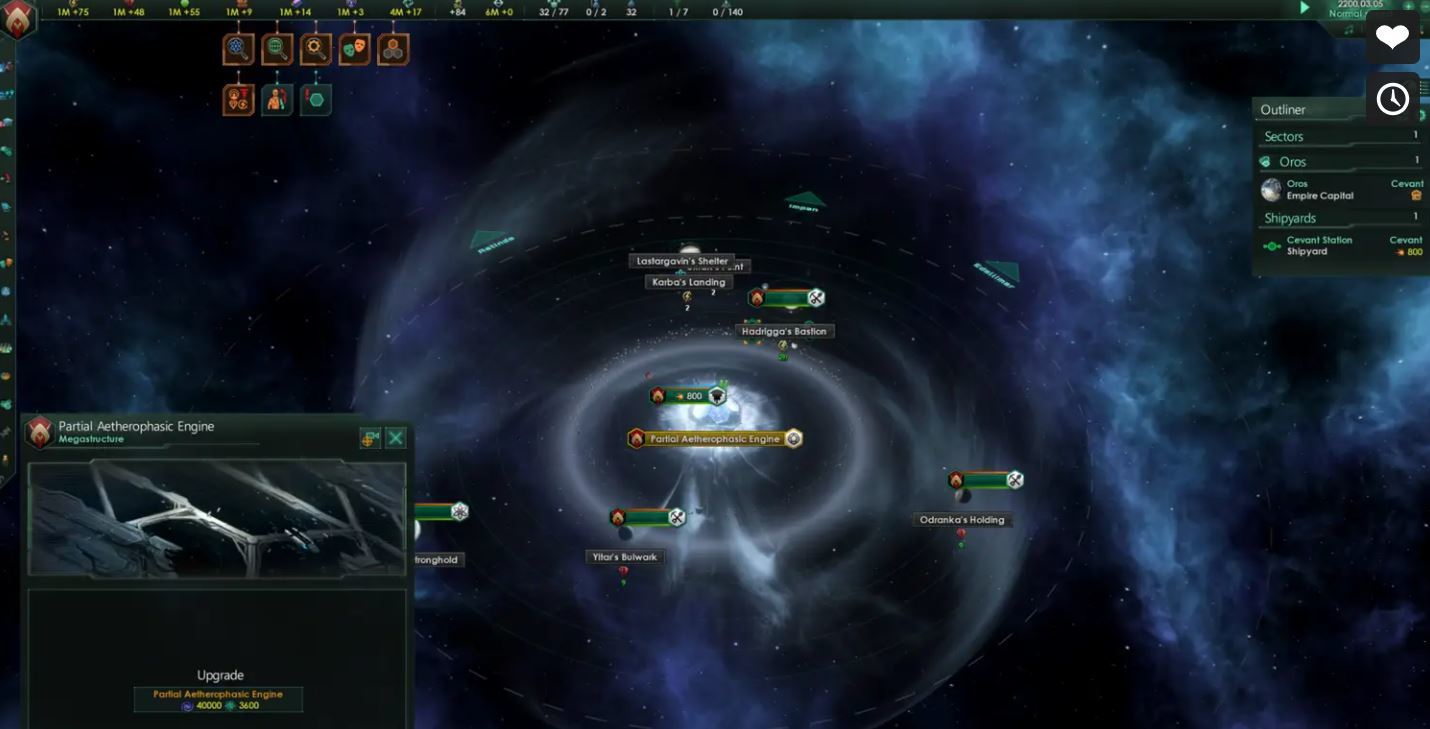
Click here to watch the Aetherophasic Engine Frame going through the different upgrade stages
Destroying a star
And finally the highlight for me in Nemesis! Blowing up the stars!
It’s made of a few different parts, the chargeup that rely mostly on the animation of the Star Eater with some glow in the middle of it. And then comes the firing stage, which is a pretty big effect. As you can see it goes through different stages in strength, that helps with creating more of a buildup until the big explosion.
At first while prototyping it was at full power at once, which looked cool but it didn’t create the anticipation for the explosion. You “only” ended up looking at a cool effect for ~20s without any buildup or knowing how close it’s to firing, if you were only looking at the visuals.
So in the end we ended up splitting up the effect in different stages, and added or tweaked parts of it to make it really feel like you’re getting closer to blowing up a star.
And last but not least, the star explosion. I’ll keep this short because I think the explosion pretty much speaks for itself. But I just want to say that this is probably one, if not my favorite effect I’ve done so far in this game.
So I really hope you’ll enjoy it as much as I do!
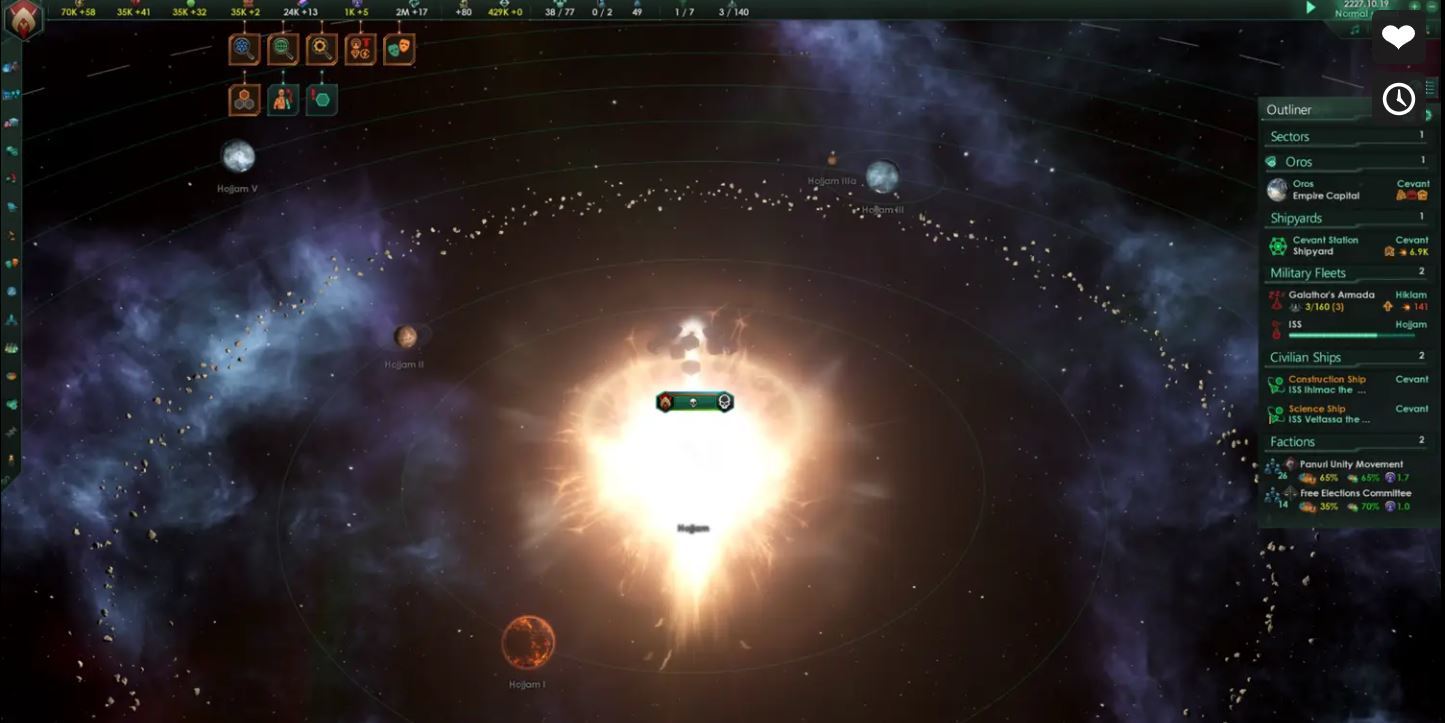
Click here: to watch the The death of a star!
And that was all from me! Hopefully it gave you some insight of what I do, and how I do some of the things. Thanks for reading!
Next week a content designer is going to write about script improvements that’s coming in the next update!"
My name is Erik Forsström and I’m the VFX Artist for Stellaris and I’ve been here since the release of Lithoids. VFX stands for visual effects, which means that I’m the guy who’s responsible for anything from small ship engine effects, to big system effects such as the nebulas that we added to the game last year. If it’s animated and it’s not a 3D model, then there’s a fairly high chance that a vfx artist is responsible for it.
What does a VFX Artist do?
My workflow is a bit different compared to the other artists, because compared to 3D Artists I’m not working as much with 3D models.The main tool for me to use is particles, which pretty much is just flat planes that I work with to make cool explosions! I won't go into the technical details about particles, but just to give you a quick idea about the difference between us VFX Artists and others. While 3D Artists are sculpting and creating cool 3D models, I’m pretty much simulating planes and telling them which direction to travel and changing the size and color over time. That’s not to say I never do 3D modelling, but as I mentioned before it’s not my main tool as you’ll notice in what we’ll be showcasing below.
The cool and interesting stuff!
So with that explained, time to get to the effects that we’ll be adding in Nemesis!
If we’re starting off with the ships in Stellaris, something that I’ve aimed to do is to give the different shipsets a bit more unique feeling when it comes to the effects. Some of you might have noticed that both Lithoids & Necroids have some unique ship effects, anything from ship engines to explosions. I’ve tried to make them all look at least slightly different to each other to varying degrees and to make them fit the style of the ships.
I usually try to give them some different shapes, color schemes or anything cool that I can come up with that makes it look unique and fit the style.

Click here: to see the Nemesis Titan with new effects for the perdition beam and the engines
The big effects, in other words the system effects!
Another thing that you might have noticed is that we’ve added quite a few different system effects over the last year, such as the nebulas, space storms and the endgame crisis system effects when they’re expanding their territories. It was one of those things that I always felt that was missing while playing Stellaris, the systems felt a bit empty. With Nemesis we’ve added a few new system effects, such as for the Aetherophasic Engine Frame that we mentioned in an earlier dev diary.
When you’re upgrading it you’ll get a system effect that changes through the different stages, getting bigger and more powerful the higher the stage you’ll get. To really show it off I'm cheating a bit in the video below (by using max resources and finishing the construction instantly), and I’ll let you see how it changes and develops through the different stages.
From a fairly small effect, to a huge effect covering the system with more detail, shapes and movement in it to really give you the feeling that something powerful is going to happen in this system.
How is it made?
System effects are one of those effects that most of the time are made with a mix of particles and 3D models, the sheer size of them requires more complex shapes then what you can get with only particles. So the effect below is created with the help of these meshes that you can see in the image below, and then I’ll apply some animated shaders on them that creates the movement of the textures that you can see in the video. Add on top of that some particles and you get a complete effect!

The meshes used for the visual effects for the Aetherophasic Engine

Click here to watch the Aetherophasic Engine Frame going through the different upgrade stages
Destroying a star
And finally the highlight for me in Nemesis! Blowing up the stars!
It’s made of a few different parts, the chargeup that rely mostly on the animation of the Star Eater with some glow in the middle of it. And then comes the firing stage, which is a pretty big effect. As you can see it goes through different stages in strength, that helps with creating more of a buildup until the big explosion.
At first while prototyping it was at full power at once, which looked cool but it didn’t create the anticipation for the explosion. You “only” ended up looking at a cool effect for ~20s without any buildup or knowing how close it’s to firing, if you were only looking at the visuals.
So in the end we ended up splitting up the effect in different stages, and added or tweaked parts of it to make it really feel like you’re getting closer to blowing up a star.
And last but not least, the star explosion. I’ll keep this short because I think the explosion pretty much speaks for itself. But I just want to say that this is probably one, if not my favorite effect I’ve done so far in this game.
So I really hope you’ll enjoy it as much as I do!

Click here: to watch the The death of a star!
And that was all from me! Hopefully it gave you some insight of what I do, and how I do some of the things. Thanks for reading!
Next week a content designer is going to write about script improvements that’s coming in the next update!"






